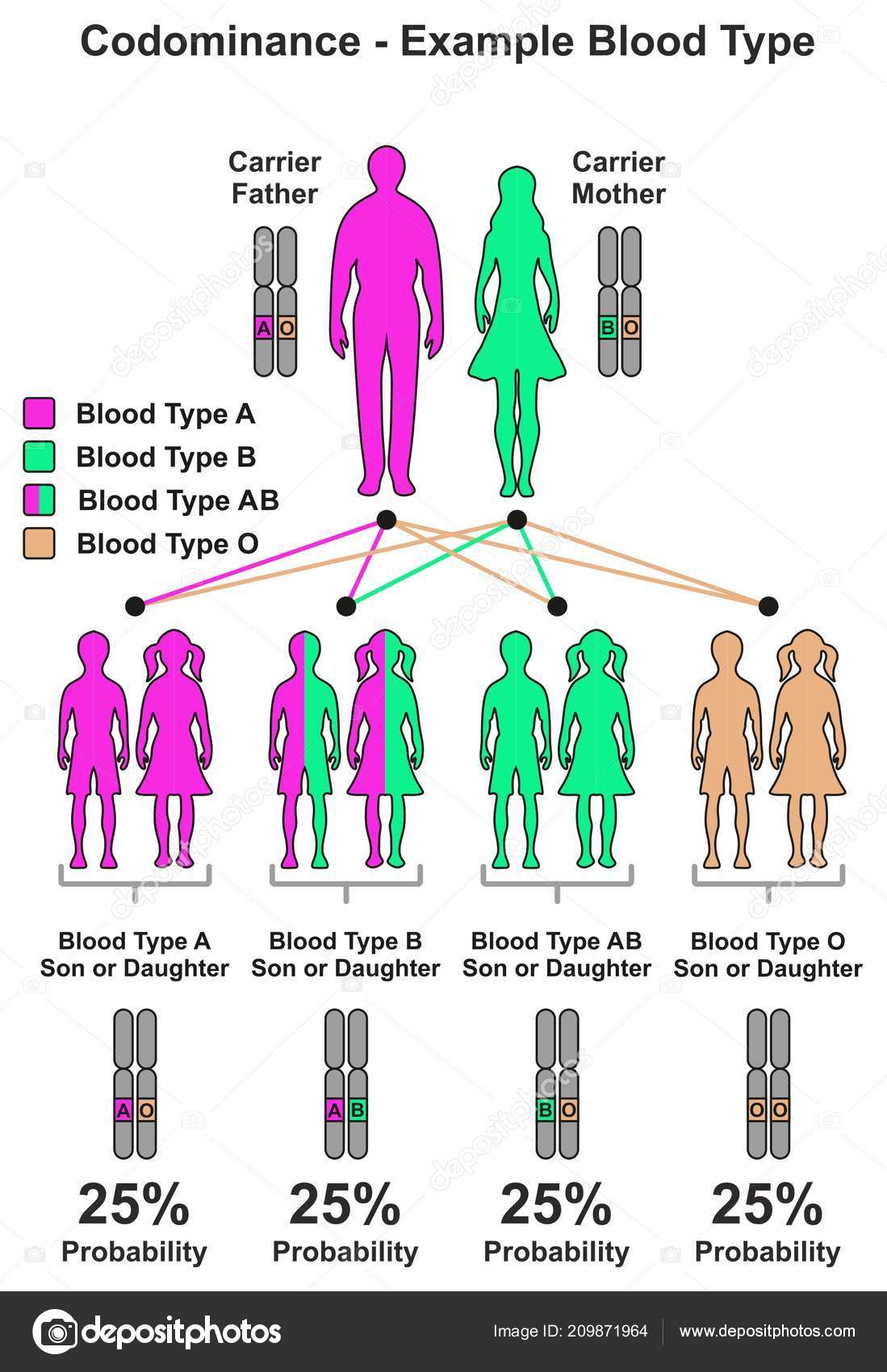

- Does humans have both recessive and dominant traits manual#
- Does humans have both recessive and dominant traits skin#
For example, suppose part of a gene usually has the sequence TAC.

Some genetic diseases are caused by a DNA mutation in one of a person’s genes. They can pass the disease on to their children, but do not have the disease themselves. In such cases, each parent is called a carrier of the disease. If both parents have one copy of the mutated gene, each child has a 25% chance of having the disease, even though neither parent has it. Recessiveįor recessive diseases, both copies of a gene must have a DNA mutation in order to get one of these diseases. If one parent has the disease, each child has a 50% chance of inheriting the mutated gene. Dominantĭominant diseases can be caused by only one copy of a gene having a DNA mutation. Disorders can be dominant or recessive, depending on how they cause conditions and how they run in families. Genetic disorders also are grouped by how they run in families. If the gene is on the X chromosome, the disorder is called X-linked. If the gene is on one of the first 22 pairs of chromosomes, called the autosomes, the genetic disorder is called an autosomal condition. Genetic disorders often are described in terms of the chromosome that contains the gene that is changed in people who have the disorder. Genetic disorders can happen for many reasons. Each son gets an X from his mother and a Y from his father. Each daughter gets an X from her mother and an X from her father. A female has two X chromosomes, and a male has one X and one Y chromosome. They decide if a person is born a male or female. The chromosomes that form the 23rd pair are called the sex chromosomes. Children randomly get one of each pair of chromosomes from their mother and one of each pair from their father. Chromosomes come in pairs and humans have 46 chromosomes, in 23 pairs. People get (inherit) their chromosomes, which contain their genes, from their parents. Genetics also can help us understand how medical conditions happen. Some genetic changes have been associated with an increased risk of having a child with a birth defect or developmental disability or developing diseases such as cancer or heart disease. Understanding genetic factors and genetic disorders is important in learning more about promoting health and preventing disease.

ISBN-13: 978-0816063963.Genetics research studies how individual genes or groups of genes are involved in health and disease. New York, New York: Library of Health and Living. (2008) The Encyclopedia of Genetic Disorders and Birth Defects (3rd Edition). "Appendix G: Single Gene Disorders." Washington, D.C.: District of Columbia Department of Health. (2010) Understanding Genetics: A District of Columbia Guide for Patients and Health Professionals. New York, New York: Cold Spring Harbor Laboratory Press.
Does humans have both recessive and dominant traits manual#
(2009) Genetics of Complex Human Diseases: A Laboratory Manual (1st Lab Edition). The selective advantage of cystic fibrosis heterozygotes tested by aDNA analysis: A preliminary investigation. International Journal of Anthropology.
Does humans have both recessive and dominant traits skin#
Skin color is determined by the amount of melanin it contains. Skin color is most confusing of all, especially in families with a lineage of mixed skin types. Blue-eyed parents may have green-eyed babies. Brunette parents can give birth to blond children. Hair, eye and skin color are genetically transmitted from parents to child but multiple genes are involved and the process is complicated and still not completely understood.


 0 kommentar(er)
0 kommentar(er)
